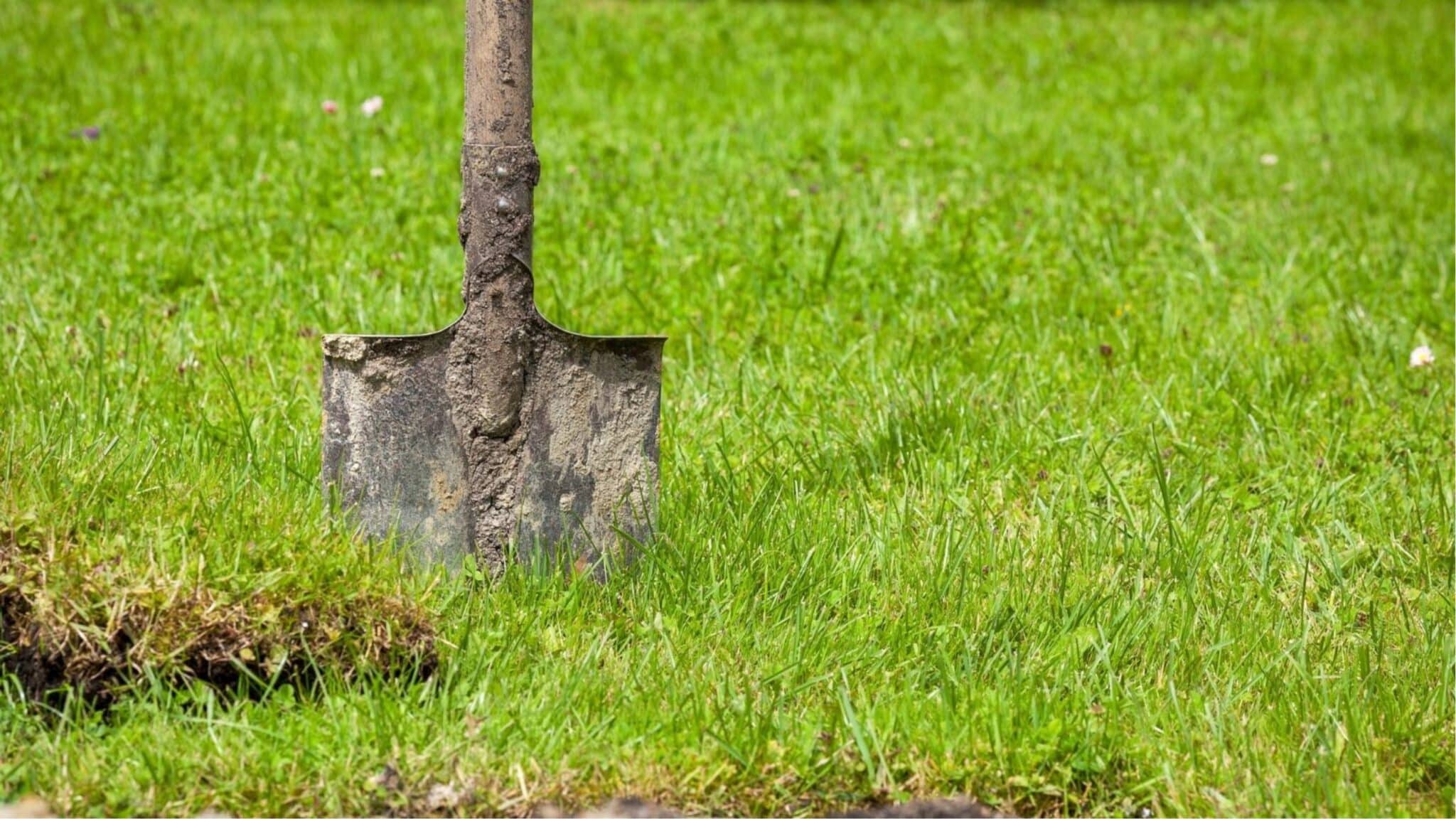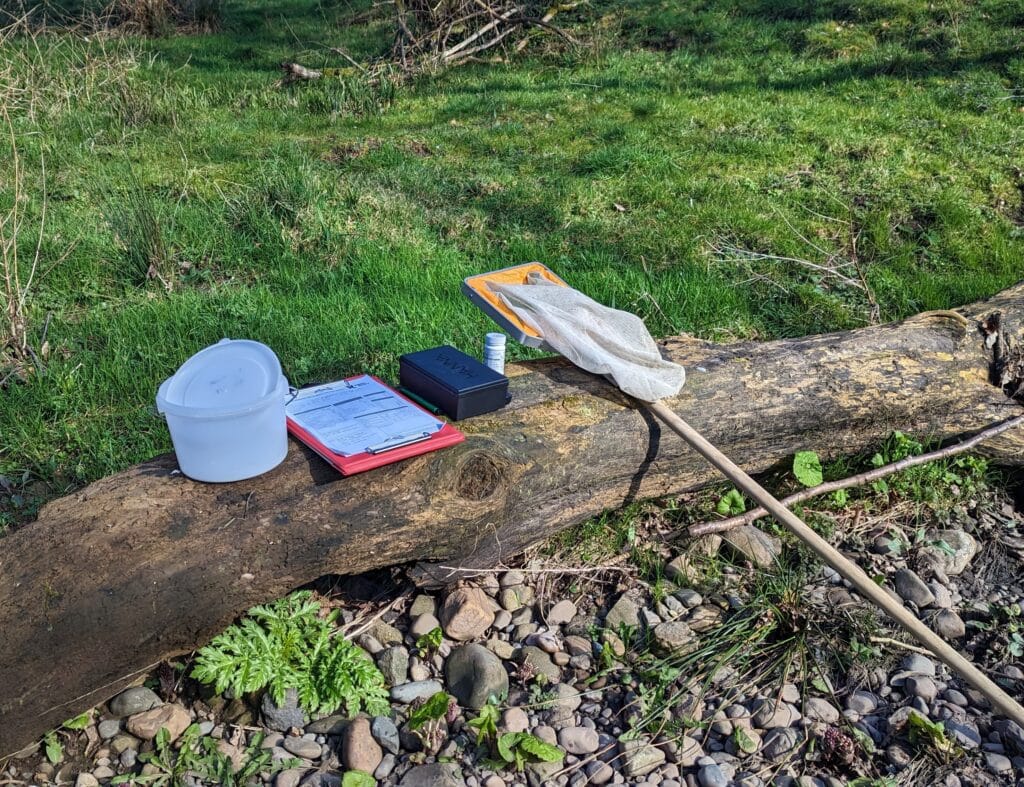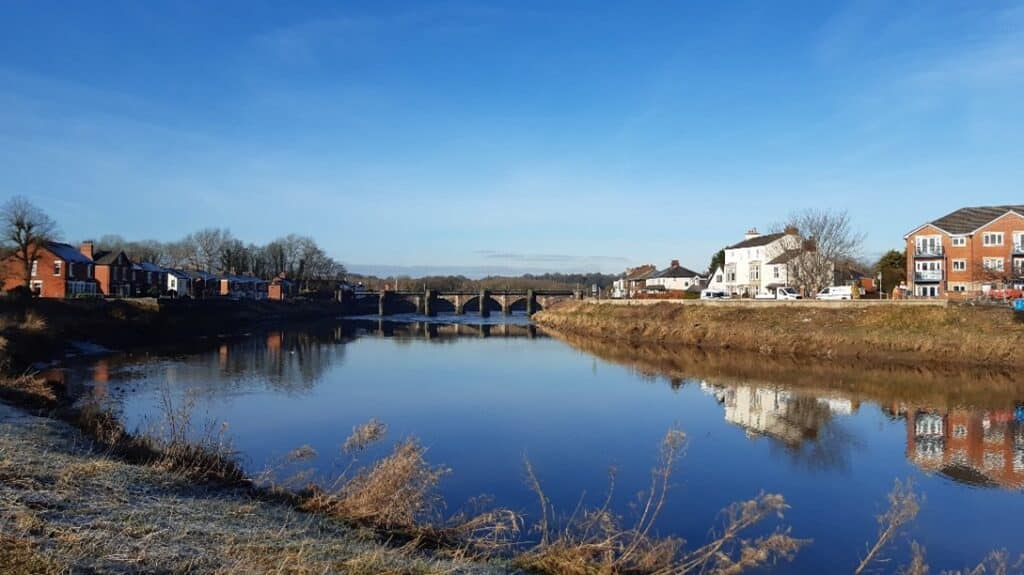
Health and Environmental Action Lancashire
The HEAL (Health & Environmental Action Lancashire) project is a Green Recovery Challenge Funded project which aims to help with nature recovery, and connect people to the outdoors through education, training, recreation, and volunteering.
What is heal?
The £661,100 grant comes from the Government’s £40 million second round of the Green Recovery Challenge Fund. HEAL will create and restore habitats whilst improving health and wellbeing across Lancashire- specifically the Ribble, Lune and Wyre Catchments.
This project is the result of some specialist research and GIS analysis using our own data and evidence, and data from the Environment Agency and Lancashire County Council’s Public Health team.
This software usually helps us to look at various environmental factors like flood risk, land use, habitat type, rainfall levels, and tree cover. The resulting information helps us to discover where our work could have the biggest impact for nature and the environment. However, for this project we also used data on urban tree cover, mental and physical fitness, and childhood obesity. This means that we can also target areas which could potentially see the greatest positive impact on Lancashire residents health and wellbeing.

What will HEAL achieve?

Thanks to the HEAL project new habitats will be created including woodlands and a wetland, as well as heathland and grassland management and restoration. Plus, the creation of new footpaths and micro tree nurseries will provide places for people to meet outdoors and volunteer.
We would love local residents to help with all aspects of this project. There will be that chance for everyone to work with us – no matter what skills, knowledge, or outdoor experience they have. HEAL aims to get everyone outdoors. Therefore, we’ll be encouraging people to get involved with growing tree saplings, tree planting, guided walks, tree seed gathering, invasive species control, and ecological surveys.
Local schools will also have the chance to work with us. So far, over 20 schools and community groups are working with us on the project. Our expert education officers will be running education programmes with local children, helping them to learn to love the outdoors, develop a passion for nature conservation, and make connections between greenspaces and their own health and wellbeing.
Our goals, made simple
Nature
- Connect people with nature across the Ribble, Lune and Wyre river catchment areas
- Protect the many and varied species that currently make this area their home
- Create and restore habitats including 15 hectares of heathland, 2 hectares of wildflower meadow and 5 hectares of woodland.
- Plant 17 new woodlands, planting 55,000 trees across 45 hectares
- Create 800m of public footpath to increase access and the appreciation of nature
- Work with three volunteer-led micro tree nurseries to grow 4,000 trees
Local economy
- Safeguard and create jobs in Lancashire’s environmental sector
- Boost the local economy and help the organisations involved become more resilient
- Strengthen and create new working relationships between local organisations and authorities
Our community
- Encourage a wider range of people to learn about heritage
- Help people develop new skills
- Encourage people to visit their green spaces, benefitting mental and physical health and wellbeing
- Give people the opportunity to learn about nature and heritage, leading to change in ideas and actions
- Train 75 people in conservation and ecological skills
- Engage 20 local schools/communities
- Deliver 80 health walks
Our delivery partners in HEAL (Health & Environmental Action Lancashire) include; Prospects Foundation, Wyre Rivers Trust, Lune Rivers Trust, Hyndburn Borough Council, Pendle Borough Council, Lancaster University, Forest of Bowland AONB, and the Freshwater Biological Association. Ribble Rivers Trust are the lead delivery partner.

